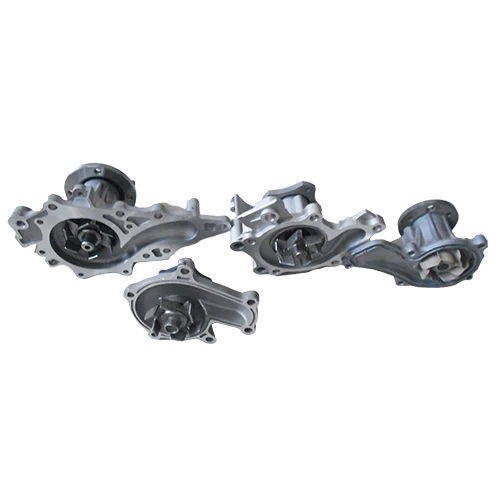Mobile:+86-311-808-126-83
Email:info@ydcastings.com
gearbox housing
The Importance and Functionality of Gearbox Housings
In the engineering and automotive industries, the gearbox housing plays a crucial role in the overall functionality and durability of machinery and vehicles. Essentially, the gearbox housing is a protective case that encloses the gears, shafts, and transmission components of a vehicle’s drivetrain system. Its design and material composition are fundamental to the efficient performance of the gearbox, which in turn affects the vehicle’s power delivery, fuel efficiency, and overall reliability.
The primary function of the gearbox housing is to provide a robust enclosure that protects the intricate mechanisms inside from environmental factors such as dirt, dust, moisture, and debris. By preventing contaminants from entering the gearbox, the housing helps to maintain the integrity of the lubricating oil, which is vital for reducing friction between moving parts and minimizing wear and tear. This protection is critical not only for longevity but also for safety, as a failure in the gearbox system can lead to catastrophic mechanical failures.
In addition to protection, the gearbox housing also plays a significant role in thermal management
. The transmission system generates a considerable amount of heat, particularly during heavy loads or high-speed operations. The housing is designed to dissipate this heat effectively, often featuring ventilation ports or heat exchanger interfaces to facilitate cooling. Failing to manage heat properly can lead to overheating, which may damage components, reduce efficiency, and ultimately result in system failure.gearbox housing

The material from which the gearbox housing is constructed is also of particular importance. Most housings are made from metals such as aluminum or cast iron, materials known for their strength and durability. Aluminum is lighter and provides better thermal conductivity, making it a popular choice for modern automotive applications, whereas cast iron offers exceptional strength and wear resistance, often used in heavy machinery. The choice of material can significantly affect the performance, weight, and cost of the gearbox system, highlighting the need for careful engineering considerations during the design phase.
Moreover, gearboxes are subject to immense forces and vibrations during operation. Therefore, the design of the gearbox housing must account for these challenges by ensuring structural integrity and rigidity. This is achieved through finite element analysis (FEA) and other engineering methods that facilitate the optimization of the housing structure under various load conditions. An inadequately designed housing can lead to noise, vibration, and harshness (NVH) issues, which can affect the driving experience and lead to premature component failure.
As automotive technology continues to evolve, the design of gearbox housings is also adapting to meet the demands of electric and hybrid vehicles. These new powertrains present unique challenges, such as higher torque levels and varying operational conditions, necessitating innovative designs and materials that can withstand these new requirements.
In conclusion, the gearbox housing is a vital component of any vehicle or machinery that utilizes a transmission system. Its role in protecting, cooling, and supporting the internal components cannot be overstated. As advancements in engineering materials and design continue to progress, the future of gearbox housings looks promising, enabling better performance, efficiency, and reliability in an ever-changing technological landscape. Engineers and designers must continually focus on optimizing these housings to meet the increasing demands of modern applications, ensuring that they remain as robust and efficient as possible for the next generation of vehicles and machinery.
-
Why Should You Invest in Superior Pump Castings for Your Equipment?NewsJun.09,2025
-
Unlock Performance Potential with Stainless Impellers and Aluminum End CapsNewsJun.09,2025
-
Revolutionize Your Machinery with Superior Cast Iron and Aluminum ComponentsNewsJun.09,2025
-
Revolutionize Fluid Dynamics with Premium Pump ComponentsNewsJun.09,2025
-
Optimizing Industrial Systems with Essential Valve ComponentsNewsJun.09,2025
-
Elevate Grid Efficiency with High-Precision Power CastingsNewsJun.09,2025











